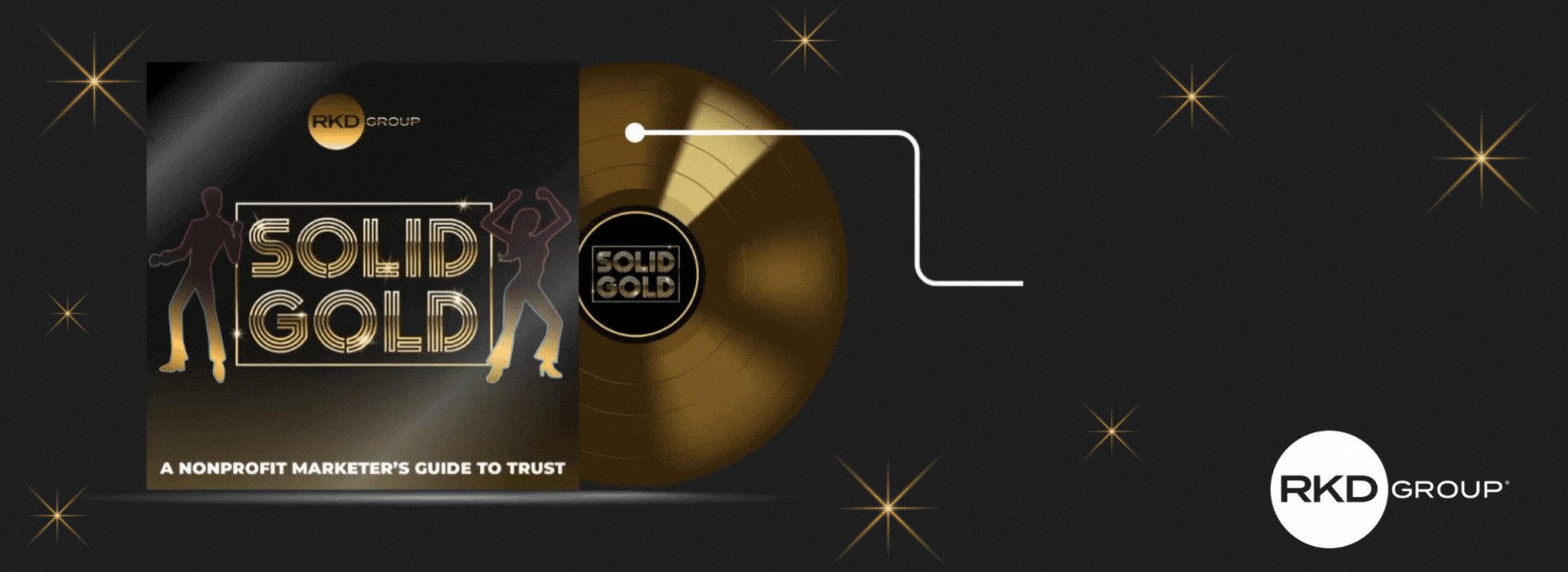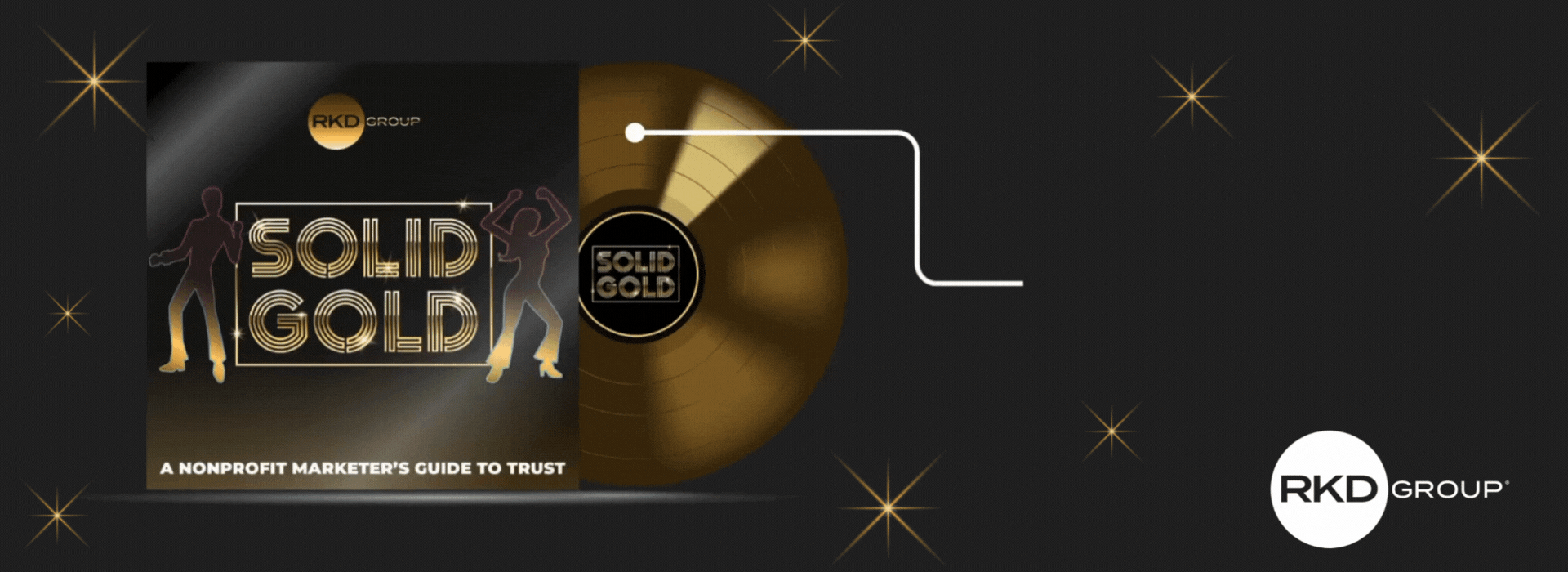We’ve got a problem in nonprofit fundraising. A pretty big one.
We’re losing donors at a steady pace, year over year. It’s been tough to see in the bottom-line data because the issue has been masked by an increase in average gift amount and a focus on mid-major donors.
But it’s happening. It’s real. And it’s why RKD Group is stepping forward and urging the industry to #QuitBadFundraising. We’re pledging to do better, and we’re asking everyone to join us because nonprofit organizations can’t afford to keep losing donors.
And a major reason for this donor decline is trust. Or lack thereof.
According to the Edelman Trust Barometer, nonprofits now rank lower than for-profit businesses in trust among the general public. And a new report by Give.org finds that the top reason donors stopped giving (aside from finances) was “lack of trust in the soliciting charity.”
How the heck did we get here? How did organizations with a goal of making the world a better place fall behind organizations with a goal of making money?
That’s what we wanted to find out, so we commissioned research to get to the bottom of this trust issue. Our report—“Solid Gold: The Nonprofit Marketer’s Guide to Trust”—surveyed 1,630 U.S. donors to gain a deeper understanding of what drives the spectrum of donor trust in nonprofit organizations.
In this post, I’ll share some of the findings that really stood out to me and some thoughts on where we go from here.
First, let’s dive into a little background.
How we got to today’s state of fundraising
I’m not trying to cause a panic here, but the recent Giving USA report is cause for concern. It shows that charitable giving in the U.S. declined in 2022 for only the fourth time in the last 40 years.
Fundraising revenue was down 10.5% (adjusted for inflation), and giving by individuals was down 13.4% after inflation. This marks the fourth straight year that individual contributions have made up less than 70% of giving.
This isn’t a recent development. The Indiana University Lilly Family School of Philanthropy has been tracking this trend of declining donors for a while now.
From 2000 to 2018, the number of U.S. households that made a charitable contribution declined by 17%. Think about that. We basically dropped from two-thirds of Americans (66.2%) donating in 2000 to half (49.6%) by 2018.
What does this have to do with trust? Well, there is a direct link between trust in an organization and charitable giving to that organization.
The proof is right here in two charts from our report. When donors trust a nonprofit organization, they support that organization for a longer period of time. This, of course, leads to a higher lifetime value to the organization.
The real question is, what leads to greater trust? Or maybe more appropriately, what causes donors to lose trust?
Transparency and competence are key
When survey respondents were asked what fosters trust over time, their responses skewed strongly toward statements around transparency and competence.
Responses like “clearly communicates,” “provides real data and facts” and “explains the progress” scored higher than those around the relationship with the nonprofit, like “asks for my opinion,” “part of a community” and “I volunteer.”
Donors are giving their money not for a tangible good or service; they’re giving it for a promise that you will use the money toward this mission that they believe in. In turn, they’re asking for a little proof that you’re doing what you promised.
This tells me that organizations who struggle with building trust are likely not doing a great job in their stewardship efforts. After the gift, we not only need to thank the donor, but we also need to keep them informed about how their gift is being put to use toward the mission.
As my colleague Kevin Hartland wrote in a recent blog post, “If the only time they ever hear from you is when you ask for money, then that sets up a pretty poor relationship.”
As we build out annual communication plans, we need to be thinking beyond the amazing campaigns that will motivate donors to give. What happens after the gift is just as important.
We need to avoid the temptation of looking at ROI in pieces. We can’t think, “Cultivation is black and stewardship is red, so we clearly need more asks to drive more revenue.” Fundraising is an ecosystem, a harmony, working together to build both trust and relationships over time.
The report has lots of additional details that dive deeper into trust, including breakdowns by generation, style of communication and type of nonprofit. I encourage anyone who is concerned about rebuilding trust with donors to read it fully to understand what our supporters want from us and how we can do better.
Read the full report: "Solid Gold: The Nonprofit Marketer's Guide to Trust"







Leave a comment: